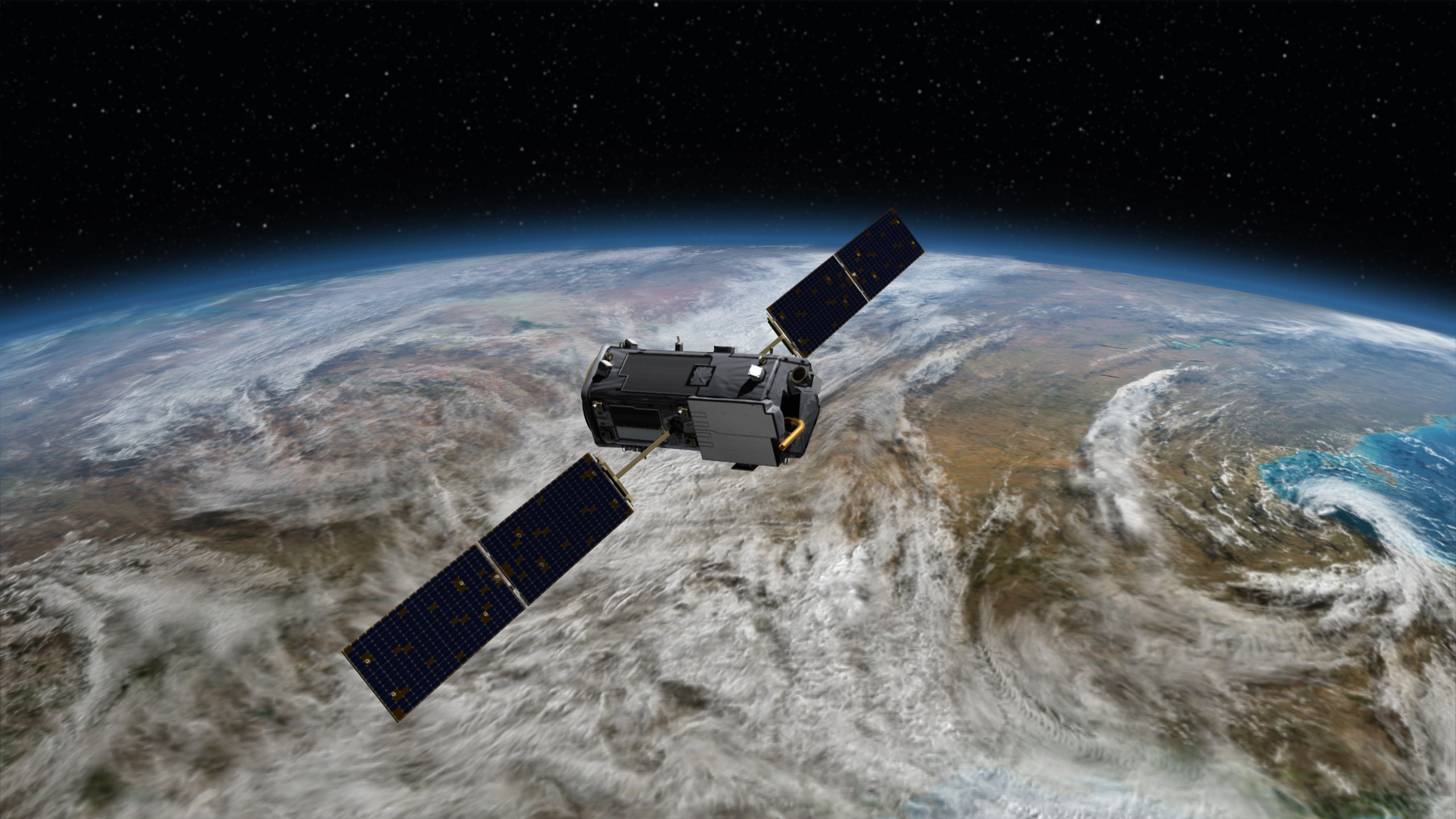
The Mystery of the Missing Carbon
It’s a whodunit with huge consequences for life on Earth.
Somehow, a whole lot of atmospheric carbon dioxide (CO2) has gone missing and it’s becoming a scientific detective story to figure out where it went and why. The Principle Investigator into this mystery is NASA, which launched a satellite called the Orbiting Carbon Observatory-2 (OCO-2) on July 2nd, 2014, into an orbit around the Earth in hopes of cracking the case.
July 1, 2015 | Source: The Carbon Pilgrim | by
It’s a whodunit with huge consequences for life on Earth.
Somehow, a whole lot of atmospheric carbon dioxide (CO2) has gone missing and it’s becoming a scientific detective story to figure out where it went and why. The Principle Investigator into this mystery is NASA, which launched a satellite called the Orbiting Carbon Observatory-2 (OCO-2) on July 2nd, 2014, into an orbit around the Earth in hopes of cracking the case.
OCO-2 is designed to precisely measure carbon dioxide levels in the atmosphere, in particular the amounts that are “inhaled and exhaled” annually by living things on the planet. This ‘breathing’ pattern was first discovered by Dr. Charles Keeling and is captured beautifully in the famous Keeling Curve (see: http://scrippsco2.ucsd.edu/history_legacy/keeling_curve_lessons). The cause of the breathing pattern is the relationship between sources (emitters) and sinks (absorbers) of CO2. Carbon sources include: fossil fuel combustion, forest fires, decaying organic matter, and the biowaste created by micoorganisms. Carbon sinks include: green plants, oceans, rocks, and soil. The planet ‘breathes in’ when the sinks are working at maximum efficiency (ie summer, when plants are greenest) and ‘breathes out’ when they are not (winter). This breathing becomes a discernable pattern (the Keeling Curve) because there are more deciduous trees, which drop their leaves in the fall, in the northern hemisphere than in the southern.
This breathing is part of the great carbon cycle, by which carbon molecules travel from source to sink to source to sink, round and round. It’s nature’s way of keeping carbon in balance, especially if there’s been a natural disruption. If too many volcanoes go off in a short amount of time, for instance, CO2 levels can rise to very high levels. Or if plants die off as the result of an ice age, levels can fall dramatically. In all cases, when these imbalances occur, the sinks and sources work to restore an equilibrium and get the planet breathing ‘normally’ again – a process, by the way, that takes thousands or millions of years.
Unfortunately, humans have been provoking an asthma attack on Earth since the Industrial Revolution, principally by digging up and burning 300-million-year old carbon in the form of coal, oil, and natural gas. In terms of quantity and speed, it’s a source of CO2 that the planet has never experienced before, which means sinks have never had to work this hard in so short a period of time to soak up all this new carbon – the oceans especially – which is where the mystery come in.
Of the billions of tons of CO2 that are currently being pumped into the atmosphere every year as a consequence of human activity (up by a factor of three since the 1950s), approximately 50% stays there, causing global warming. The other 50% is being soaked up by the plant’s sinks, scientists say, with oceans accounting for 27%. That means 23% is going into the land sink, principally green plants, but no one knows precisely where! This is important because encouraging a particular sink to become even more efficient could soak up additional CO2 and help combat climate change.
